views
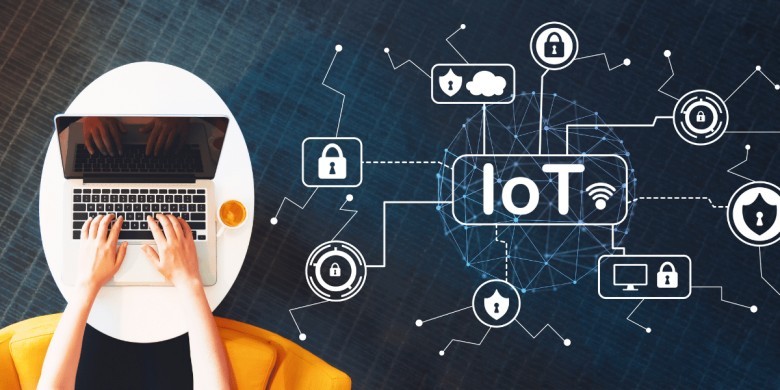
The Internet of Things (IoT) has emerged as a revolutionary force in a connected world, changing businesses, homes, and how we interact with our environment. A network of linked things, systems, and items that interact and exchange data online is called the Internet of Things (IoT). This technology is radically altering how we live and work by providing previously unheard-of options for automation, efficiency, and convenience. In this essay, we'll examine the Internet of Things (IoT), how it works, its uses, and how fast the internet, like that provided by Earthlink fiber, plays a part in this revolution.
Understanding the Internet of Things (IoT)
Defining IoT
"Internet of Things" (IoT) describes how commonplace equipment, systems, and gadgets are linked online. These items can gather and share data because they have sensors, software, and communication capabilities. IoT gadgets may be as essential as wearables and sensors or as sophisticated as industrial equipment and smart city infrastructure.
How IoT Works
The basic functioning of IoT involves four key components:
Sensors and Devices:
IoT devices have sensors that enable them to gather information about their surroundings. These sensors can measure various variables, including temperature, humidity, motion, etc.
Connectivity:
IoT devices communicate data using a variety of communication protocols. These may include wireless technologies like Wi-Fi and Bluetooth and cellular and satellite networks.
Data Processing:
IoT devices send their data collection to edge computing systems or cloud-based servers. The data is handled, examined, and stored here. From this data, sophisticated analytics and machine learning algorithms may glean insightful information.
Action and Control:
IoT systems can trigger actions or provide feedback based on the analyzed data. For example, a smart thermostat can adjust the temperature in response to user preferences or changing weather conditions.
Applications of IoT
IoT technology has applications across various domains, transforming industries and improving daily life. Here are some prominent examples:
Smart Homes:
IoT enables homeowners to remotely control lighting, thermostats, security systems, and appliances. Smart home devices can enhance security, energy efficiency, and convenience.
Healthcare:
Wearable IoT devices like fitness trackers and medical monitors collect health data and provide real-time feedback to users and healthcare professionals. IoT is also used in remote patient monitoring and telemedicine.
Transportation:
IoT is integral to modern transportation systems. It is used for vehicle tracking, fleet management, traffic management, and the development of autonomous vehicles.
Agriculture:
IoT sensors monitor soil conditions, weather, and crop health. This data is used to optimize irrigation, predict crop diseases, and enhance crop yields.
Manufacturing:
IoT is transforming the manufacturing industry through predictive maintenance, real-time monitoring of equipment, and process automation. This improves efficiency and reduces downtime.
Smart Cities:
Urban infrastructure uses IoT to monitor and control traffic, garbage disposal, air quality, and energy use. Initiatives towards a smart city are designed to improve citizens' quality of life.
Retail:
IoT is used for supply chain optimization, inventory management, and improving the in-store shopping experience with the help of intelligent shelves and personalized suggestions.
The Role of High-Speed Internet in IoT
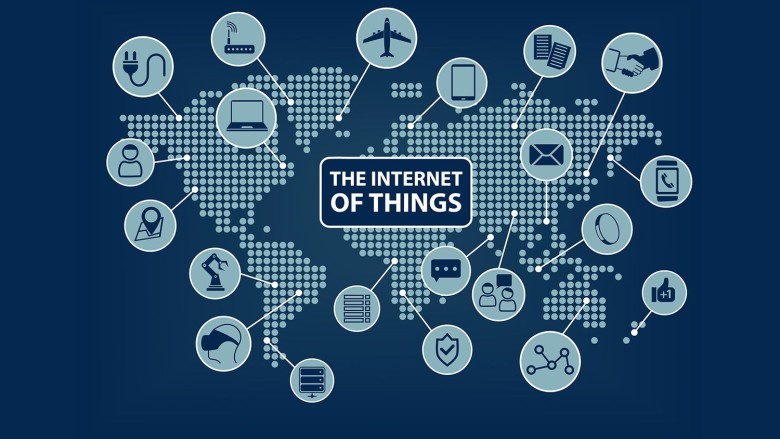
A robust and high-speed internet connection is essential for the seamless operation of IoT systems. Here's where Earthlink fiber and similar high-speed internet solutions come into play:
Data Transfer: IoT devices generate vast amounts of data. High-speed internet ensures that this data can be efficiently transferred to cloud servers or edge computing systems for processing and analysis.
Low Latency: Many IoT applications, such as autonomous vehicles and real-time monitoring, require standard latency connections to ensure quick responses. High-speed internet minimizes latency, making real-time applications more reliable.
Reliability: IoT systems often operate in mission-critical environments. High-speed internet like Earthlink fiber offers excellent reliability, minimizing downtime and ensuring continuous data flow.
Scalability: As IoT deployments grow, high-speed internet provides the bandwidth needed to accommodate increasingly connected devices and expand data requirements.
The Future of IoT
We may anticipate seeing increasingly more sophisticated and ubiquitous applications as IoT technology continues to progress. The possibilities of IoT will be expanded even further by edge computing, 5G networks, and better security mechanisms. IoT systems can make increasingly complex judgments and predictions thanks to integrating artificial intelligence and machine learning. The Internet of Things is reshaping the future, opening up a universe of possibilities previously the stuff of science fiction, from smart cities to smart homes and beyond. With high-speed internet like Earthlink fiber facilitating this transformation, we are on the cusp of an exciting era of connectivity and automation.













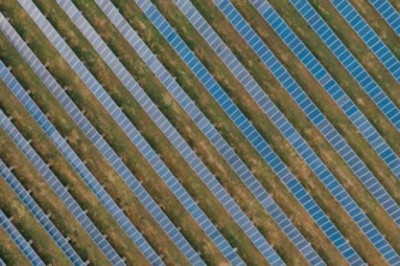




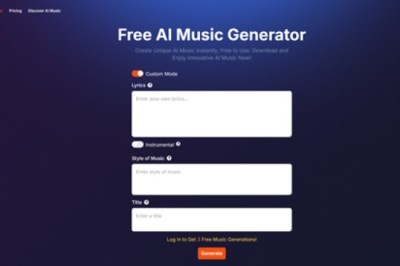


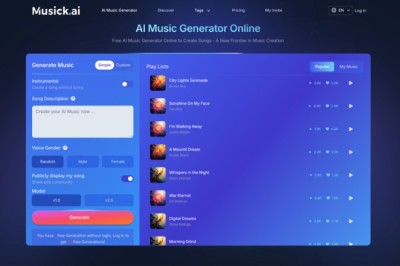
Comments
1 comment
So basically IOT is integrated in all industry sector.